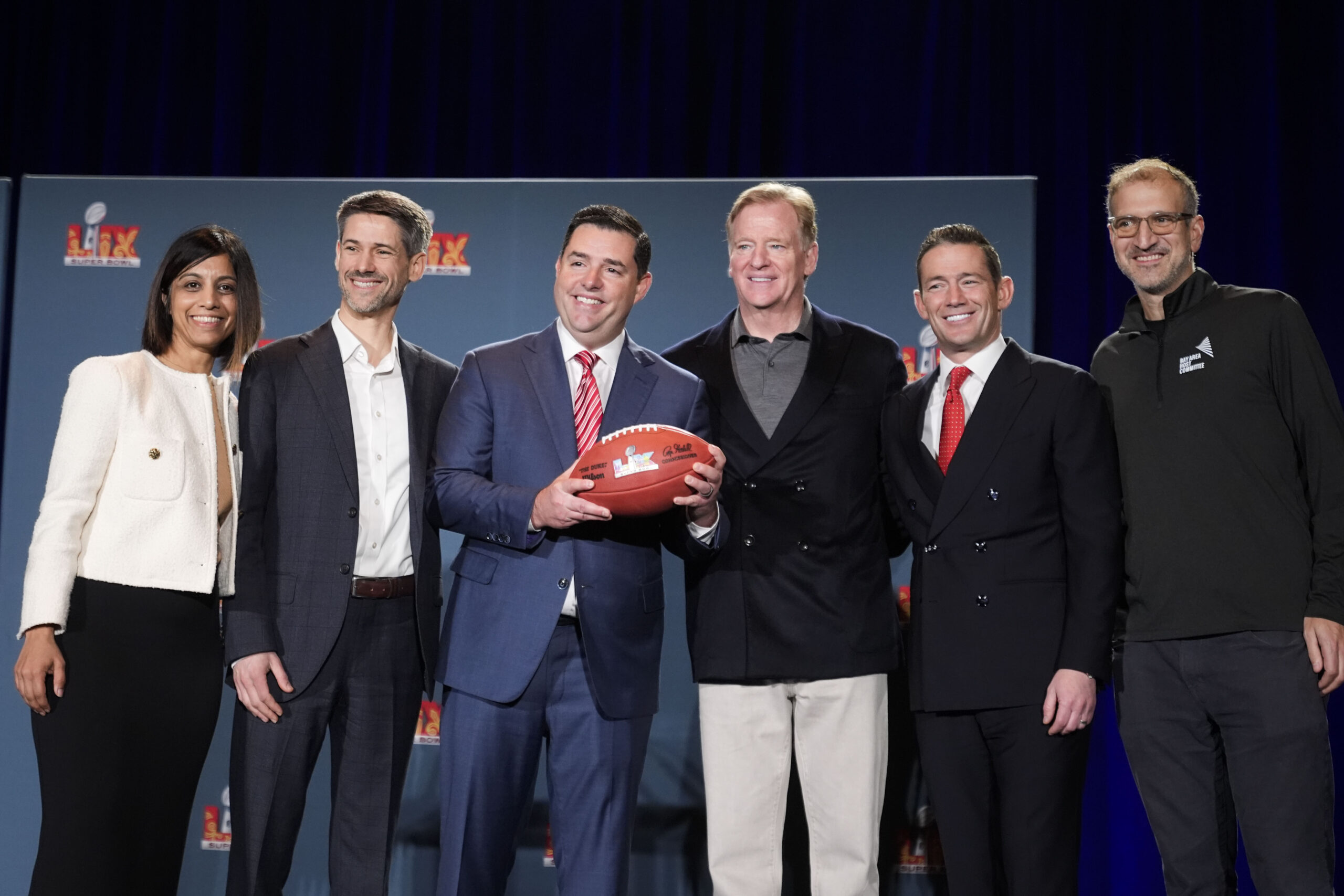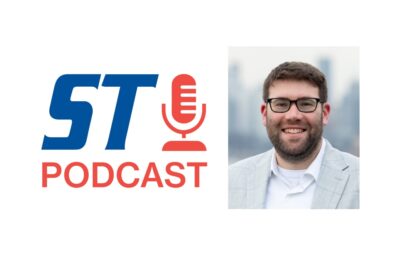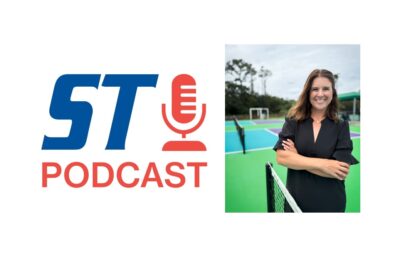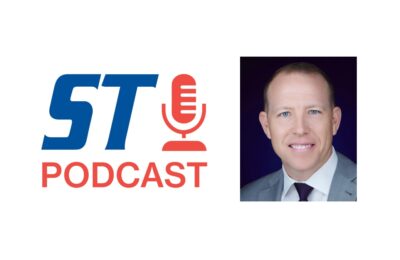
NEW ORLEANS — Throughout preparations ahead of next summer’s FIFA World Cup, organizers have trumpeted every match as being like a Super Bowl.
That means the Bay Area will host six Super Bowls in the summer — after the actual Super Bowl in February 2026.
“There’s something really exciting about it,” Bay Area Host Committee President and CEO Zaileen Janmohamed said. “There is this nervous energy. Some nights I sleep great. Some nights I do wake up and I’m like, oh my God, we have two of the world’s biggest sporting events coming to our market. I expect to have more nights of less sleep as we get closer. But then after we’re done the World Cup, I will sleep.”
(Oh, and the Bay Area is also hosting NBA All-Star Weekend starting Friday.)
The BAHC was on stage for the NFL’s official host city handoff the morning after the Philadelphia Eagles’ win over the Kansas City Chiefs at the Caesars Superdome. Janmohamed was accompanied on stage by Bay Area sports figures such as 49ers CEO Jed York and BAHC Board President Al Guido plus San Jose Mayor Matt Mahan and BAHC Board Chairman Noah Wintroub.
Together they received the official Super Bowl LX football from NFL Commissioner Roger Goodell, starting the clock until the Bay Area brings the game back 10 years after hosting Super Bowl 50.
A big group from the Bay Area was in New Orleans to observe a series of game week functions from public safety to transportation, marketing and other departments. Hosting the game will be more of a regional collaboration — “we’re not going to promote being walkable,” Janmohamed said, compared to New Orleans — but instead on the things that will make next year an authentic experience to the region and be the “goosebumps” moment that all destinations want a visitor to have.
“The Bay has nine counties and every single county has a different culture and ecosystem and something that they bring,” Janmohamed said. “If you go to the East Bay, they have a food scene and they have farm-to-table restaurants and a really deep-rooted passion for sport that you wouldn’t know unless you went. If you go to San Francisco, you have the Bay and the water and Fisherman’s Wharf, the Golden Gate Bridge. If you go to the South Bay, you have Silicon Valley and tech and campuses around brands that we see every day. If you go to Napa or Sonoma, you have food and wine.
“How do you make sure that if you’re coming in, you’re experiencing all of those counties because they will all give you something that you didn’t even think about,” she continued. “It’s not even about the game at that point; it’s about culture and it’s bringing all of those things into that experience versus just the game itself.”
The Bay Area Super Bowl will rely on three area airports for fan arrival. Because Levi’s Stadium has hosted the game before — plus the fact that the NFL, NBA and MLB all play in the area — public safety departments have experience in managing large groups of fans. Those plans will be a blueprint for the region to host FIFA a few months after the Super Bowl leaves town.
“It’s an opportunity for us and allows for essentially planning two events at one time using the same stadium again, a lot of the public safety, a lot of the transportation planning,” Janmohamed said. But there is a key difference as well: “It’s going to be a different fan base that comes in. You’re going to get an international fan base that comes into these 11 host cities (for the World Cup) that is not going to be familiar with the market. They’re going to have an expectation on mass transit because that’s how they get around when they go to see European football. That’s the difference that we’re really trying to talk about and plan for right now.”
At its Super Bowl LIX activation, the BAHC showcased a preview of an interactive experience developed in collaboration with Meta to celebrate the region’s landmarks on offer from the moment fans arrive. “We call it like a tech petting zoo — how do you get your hands on things and start to think how ‘Oh my God, I didn’t even think this was possible.’ That’s the experience I want to have people talk about when they leave.”
When fans leave, whether after the Super Bowl or World Cup, that will be the chance for organizers to appreciate the experience of what the Bay Area will host throughout 2026. Janmohamed sees the uniqueness of what is coming first-hand at home when she describes the events to her two sons, ages 14 and 11.
“I just see the reaction of my kids — they’re eyes widen,” she said. “This is why we do stuff like this. These are things that people remember for decades. You remember when your city hosted an Olympic Games or a World Cup or a Super Bowl. You remember that and it fuels either a passion to play sport or a passion to do something really different. That’s what I’m hoping it does.”






























 Copyright © 2025 by Northstar Travel Media LLC. All Rights Reserved. 301 Route 17 N, Suite 1150, Rutherford, NJ 07070 USA | Telephone: (201) 902-2000
Copyright © 2025 by Northstar Travel Media LLC. All Rights Reserved. 301 Route 17 N, Suite 1150, Rutherford, NJ 07070 USA | Telephone: (201) 902-2000